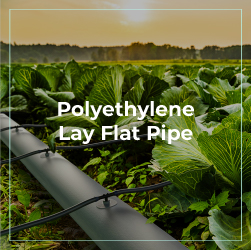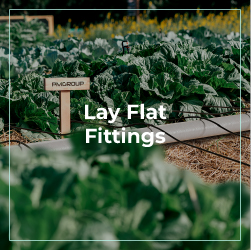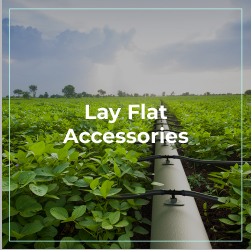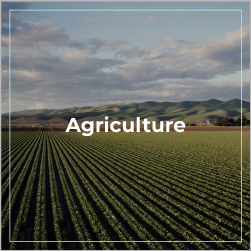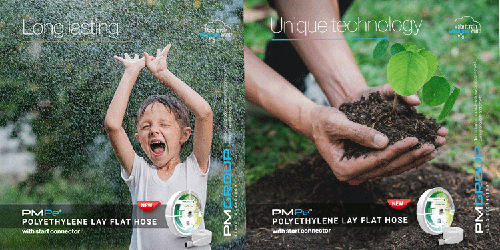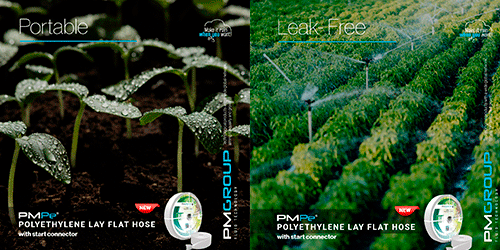Drip irrigation, also known as trickle irrigation, is a revolutionary method of delivering water directly to the roots of plants, thus maximizing efficiency and minimizing water wastage. This modern agricultural technique has transformed farming practices worldwide, particularly in regions facing water scarcity and environmental challenges.
Overview of Drip Irrigation
Drip irrigation involves the precise application of water and nutrients to the root zone of plants through a network of tubes or hoses with emitters. These emitters release small, controlled amounts of water directly onto the soil surface or into the root zone at regular intervals. Unlike traditional irrigation methods such as flooding or sprinkler systems, which can result in significant water loss due to evaporation or runoff, drip irrigation ensures that water is delivered efficiently where it is most needed.
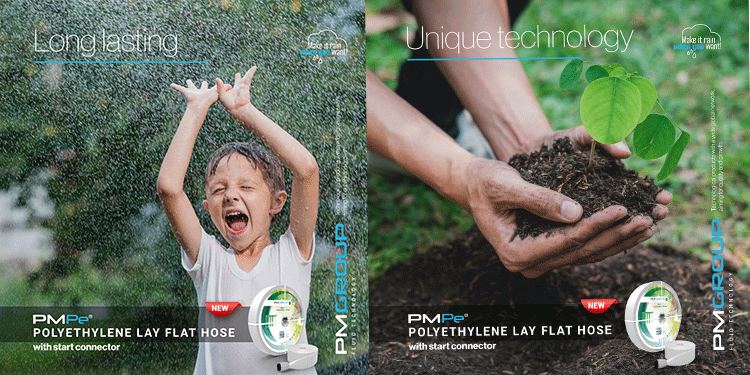
Components of a Drip Irrigation System
A typical drip irrigation system consists of several key components:
- Main Water Supply: This is the source of water, which could be a reservoir, well, or municipal water supply.
- Pump (if needed): In cases where water pressure is insufficient, a pump may be used to maintain adequate flow through the system.
- Filters: Filters are essential to prevent clogging of emitters and ensure the smooth flow of water. They remove sediment, debris, and organic matter from the water.
- Distribution Network: This includes pipes, tubes, or hoses that deliver water from the source to the plants.
- Emitters or Drippers: These are devices that release water in small, controlled quantities directly to the plants. Emitters can be pressure-compensating, non-pressure-compensating, or variable flow, depending on the specific needs of the crop and terrain.
- Control Valves: Valves regulate the flow of water within the system, allowing for precise control over irrigation schedules and water distribution.
Advantages of Drip Irrigation
Drip irrigation offers numerous advantages over traditional irrigation methods:
- Water Efficiency: By delivering water directly to the root zone, drip irrigation reduces water wastage and can improve water use efficiency by up to 50% compared to flood irrigation.
- Improved Plant Health and Growth: Plants receive a consistent supply of water and nutrients, which promotes healthier root development and enhances overall crop yield and quality.
- Reduced Weed Growth and Disease: Because water is applied directly to the root zone, the soil surface remains dry, minimizing weed growth and reducing the spread of soil-borne diseases.Require lower energy inputs compared to traditional irrigation methods, as less water needs to be pumped and distributed.
Challenges and Considerations
Despite its many benefits, drip irrigation also presents challenges:
- Initial Cost: The installation and equipment costs of drip irrigation systems can be higher than traditional methods, although they are often offset by long-term savings in water and labor.
- Maintenance: Regular maintenance is essential to ensure proper functioning of the system, including checking and cleaning filters, monitoring water pressure, and replacing worn-out components.
- Suitability:Suitable for all crops or terrains, particularly those with irregular planting patterns or steep slopes.
Drip irrigation represents a significant advancement in agricultural technology, offering a sustainable solution to the challenges of water scarcity and environmental sustainability. As global demands for food production continue to rise, drip irrigation systems are poised to play a crucial role in improving crop yields, conserving water resources, and ensuring the resilience of agricultural systems worldwide.

